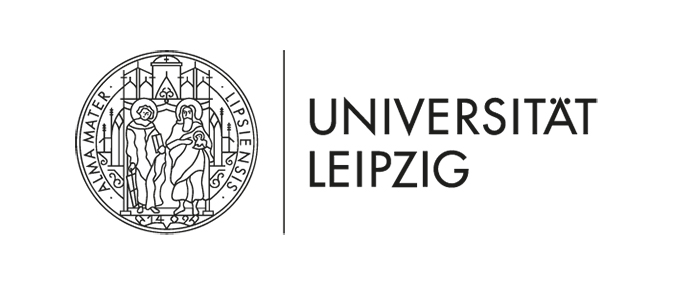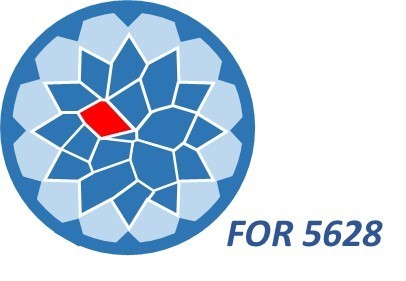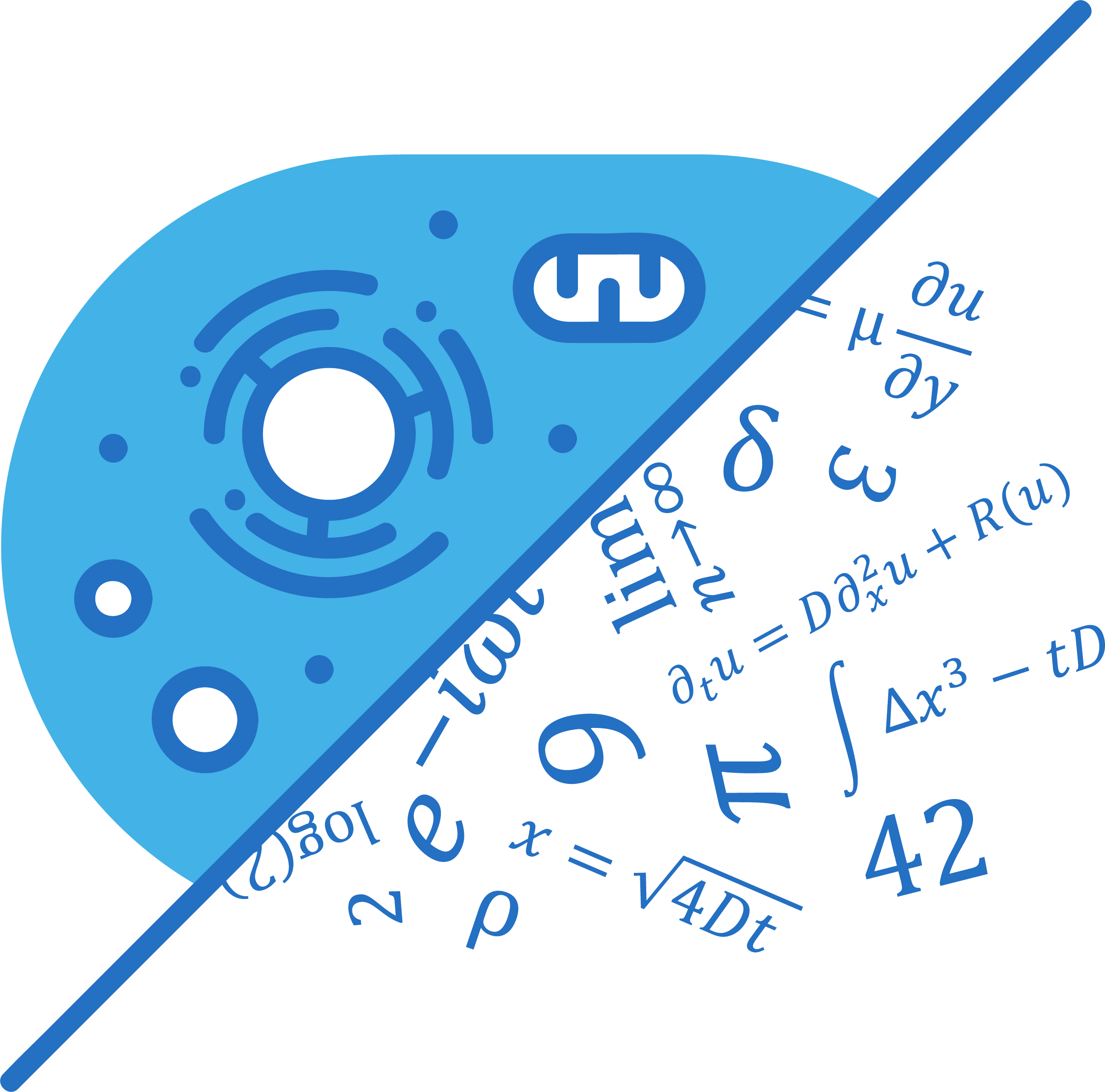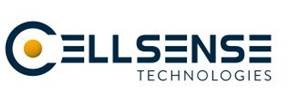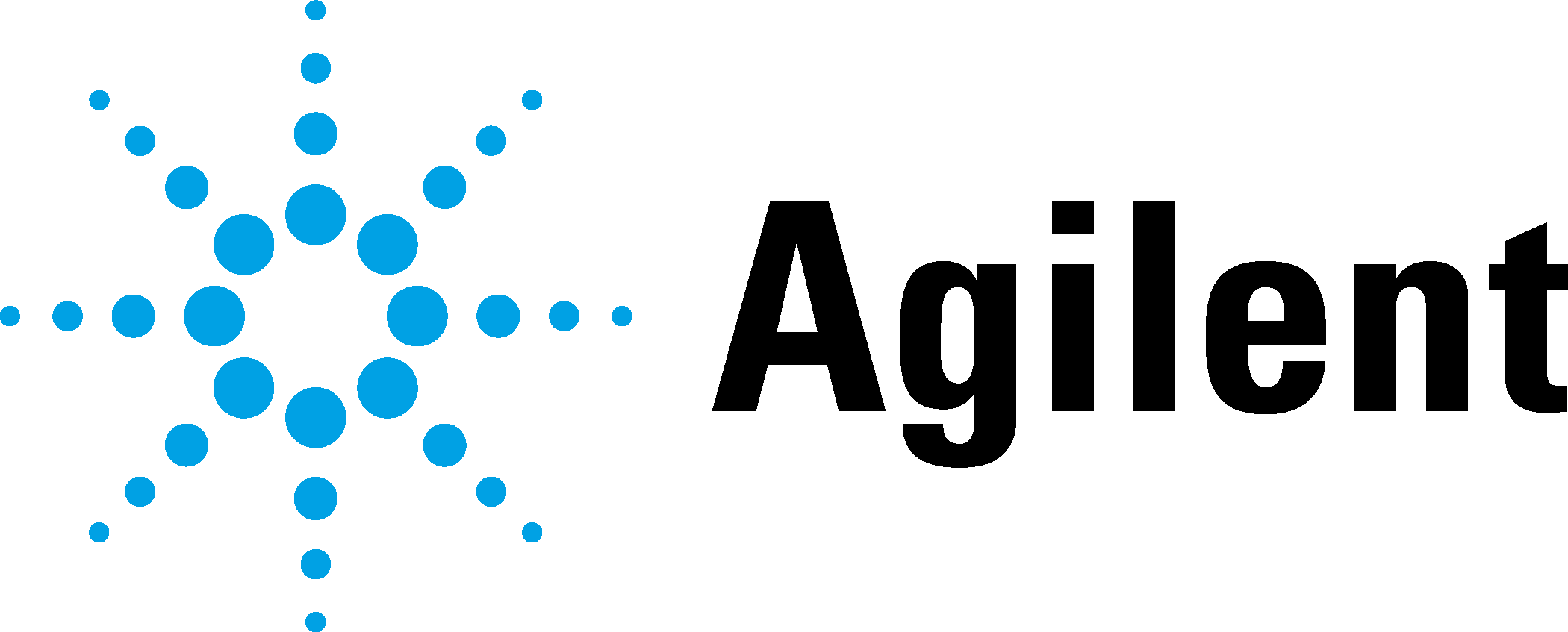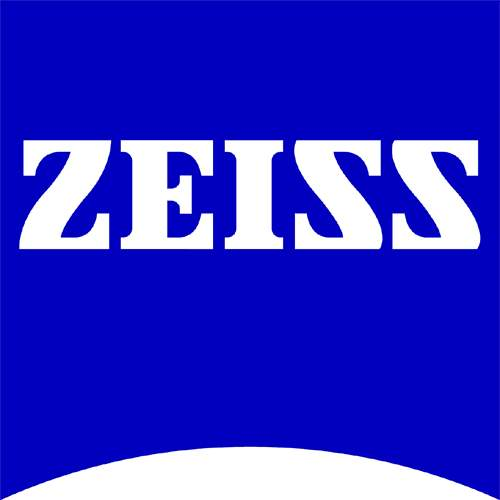|
15th Annual Symposium Physics of Cancer Leipzig, Germany Sept. 30 - Oct. 2, 2024 |
PoC - Physics of Cancer - Annual Symposium | |||||||||||||||
|
|
Poster
ABCG2 facilitates chemotherapeutic resistance via E2f1, E2F2, and E2F3 transcription factors
Contact:
The E2F family consists of eight genes encoding ten proteins, which are categorized into activators and repressors, with E2F1, E2F2, and E2F3 being recognized as activators. These transcription factors are essential in regulating various cellular processes, such as the cell cycle, angiogenesis, DNA damage response, and apoptosis. A major challenge in cancer treatment is multidrug resistance, often driven by the induction of drug efflux via ATP-binding cassette (ABC) transporters, including MDR1, MRP1, and ABCG2. These transporters are frequently overexpressed in cancers, contributing to poor prognoses in many malignancies.
This study aimed to explore the role of E2Fs in the expression of ABCG2 and their impact on chemotherapeutic drug efflux and resistance. In A431 cell lines engineered to express E2F1, E2F2, or E2F3 fused with the estrogen receptor hormone-binding domain, activation of E2F1-ER by tamoxifen led to increased ABCG2 mRNA and protein levels. E2F1, E2F2, and E2F3 were found to induce ABCG2 mRNA expression even in the presence of the protein synthesis inhibitor cycloheximide, indicating direct regulation of ABCG2. Moreover, activation of E2F1, E2F2, or E2F3 with 4-hydroxytamoxifen (TAM) prompted mitoxantrone efflux. The silencing of ABCG2 using short hairpin RNAs (shRNAs) eliminated both ABCG2 induction and mitoxantrone efflux, confirming that E2F-mediated drug efflux is dependent on ABCG2. The application of Ko143, a specific inhibitor of ABCG2, reversed mitoxantrone efflux. Chromatin immunoprecipitation (ChIP) assays demonstrated that E2F1, E2F2, and E2F3 bind directly to the ABCG2 promoter region, reinforcing their role in regulating ABCG2 expression. In conclusion, E2F1, E2F2, and E2F3 significantly influence ABCG2 expression, leading to drug efflux through ABCG2, highlighting their critical role in the development of chemotherapy resistance. |
